Photography is an art of aesthetic of human being. To follow the below tips , you can enjoy the photography at the aesthetic level of values.
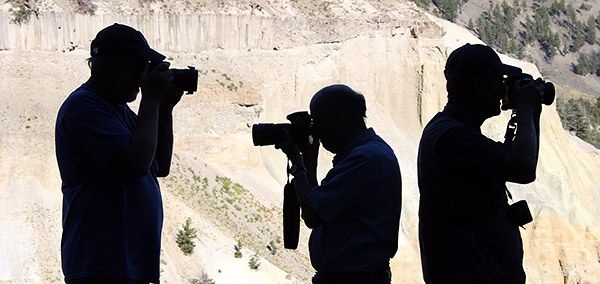
It's all well and good to list a selection of useful photography tips, but what was it that benefited me when I was starting out, and what was the most practical advice I received? Those answers are now part of my own answers and are contained in the list below, but I'll start with my own photography story.
In my case I joined a local photography group - Deudraeth Camera Club in Wales - which was a very good decision despite my initial reluctance, and the result was that I was literally catapulted into various photographic careers which led to what I'm doing today. But it wasn't just that . . .
I also asked lots of questions and analyzed the images that were presented by all of the members. Never with the attitude of 'I'll never be that good', but one of, 'I would like to take pictures just as good'!
To improve we should analyze what makes a picture successful. Is it the lighting? The composition? The viewpoint? The depth of field? The camera angle? Or is it because the picture is different from the 'ordinary', and makes the viewer look again and again? Think along any or all of these lines, and you're heading down the right road.
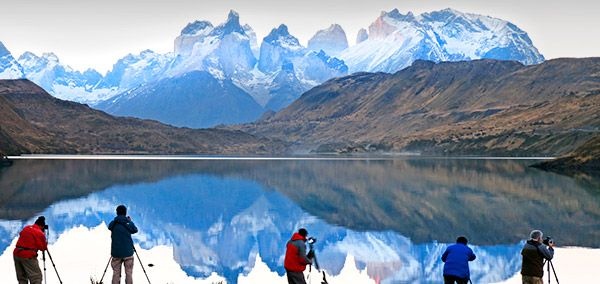
In my case there was also an additional ingredient . . . I was 'thirsty'! By this I mean that I had a desire to learn and improve, and to take the bad with the good. The end result in my case isTravel Images Photography Tours, but you may find your own 'photography happiness' in another realm. May it be so!
Vision | Develop the art of 'seeing' images . . . awareness, anticipation and imagination are a few of the 'tools' needed to 'manipulate' our photographic equipment, and produce images that fall into the 'out of the ordinary' category. For example, you're on a hillside looking down on a winding road. What you visualize is a red vehicle at a given spot in the road. Now all that is needed is some 'waiting' patience, and the appropriate camera settings . . . then voila!
Light | Utilize the best light of the day. Texture enhances any image, be it a close-up or landscape. Sometimes, just by changing our camera angle we'll improve the lighting on a given subject. Get yourself to your chosen spot early or late, and then hurry up and wait!
Simplicity | 'Clutter' is fine and necessary with some subjects such landscapes with foreground interest, but as a general rule keep things simple. Also, keep an eye out for distractions in the background which might be something like a branch, or a patch of unwanted light.
Creativity | Experiment with techniques . . . could this subject be recorded best with a slower shutter speed; by selective focus; or a ‘ton’ of depth of field and so on? Make the ordinary look extraordinary.
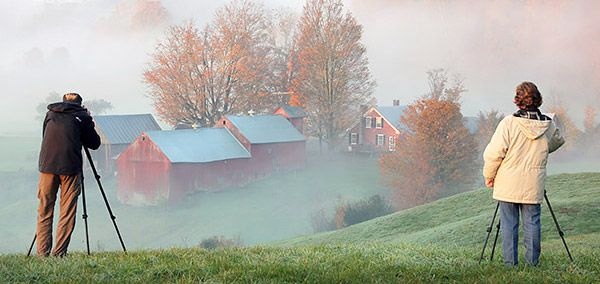
Composition | Can the composition be improved with a different camera angle, or tighter framing? Zoom in and out, walk around and consider the angle of light on your subject and would-be distractions, then go ahead and shoot in the knowledge that you are giving the subject 'your best shot'.
Impact | Fill the frame whenever possible. Try a different camera angle, especially closer, lower or higher. Maybe use the widest angle lens you have, then get in close. Experiment with panning techniques. Try different flash/daylight exposure combinations.
Quality | Use a tripod, and a low ISO whenever practical. The same applies to either film or digital, as the 100/200 ISO will be superior to 400 ISO and above. Choose 'quality subjects' too.
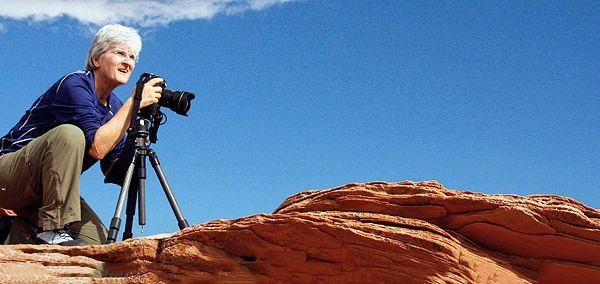
Details, details | Explore your viewfinder and remove those elements that will bother the life out of you later! This will usually be something akin to a splash of sunlight on a rock, or misplaced blade of grass when doing a macro [close-up] shot
Guidelines | Follow those photo guidelines such as the ‘rule of thirds’ and so on, BUT, also break those ‘rules’ whenever you see fit. Rule 1, take note of the rules, and rule 2, break the rules!
Be prepared | Especially when traveling. Closer to home, have a camera on hand for those special moments and so on. Make sure your memory card isn't almost full, and pre-set a manual camera to around 125th @ f.8, or on Program [P]. I also like to set my camera to Auto Expose Bracket [AEB], turn on wind/drive feature, and shoot freely in the knowledge that I'm covering all bases. This is a particularly good technique for difficult exposure situations, and for wildlife and sports etcetera. However, I don't recommend bracketing if you are shooting RAW as you'll lose your memory card space far too quickly.
Keep an open mind | Quality images ARE to be found with the sun at it’s highest point of the day, and polarization does work at other than right-angles to the sun. In other words you don't have to align yourself with the common clichés.
Go a step further | Don’t settle for ‘second-best’ . . . consider all the elements that could improve your picture before you release the shutter. This might be something distracting in the picture such as rubbish or a branch. Also, does the subject merge with something in the background that can be cured simply by moving to the right or left?
Planning and patience | Get to know your subject's behavior patterns be it Elk during the rut, a bird approaching a nest, or when the sun will hit a mountain peak at dawn. It's all very rewarding and satisfying.
The right equipment | To improve your pictures consider your lenses and accessories. Will a filter help? Will a longer lens be useful for landscapes? Will auto-focus alleviate your focusing problems? These are decisions you have to make for yourself, so practice them until they become second nature to you.
Which camera system? | None in particular in my opinion. It's really all down to how you see and compose pictures, so it's not the equipment, it's you!
Be adaptable | Change camera positions to leave out those power poles or 'stray' people. Perhaps the shade of a tree can serve as your lens shade? Have you lost or broken your cable release? . . . use the self-timer.
Tell a story | Include the 'environment'. What does the image say about the time, place or person? I personally like to fill the frame with my subject, but once in a while I will include more of the background, such as in character shots to create an 'environmental portrait'.
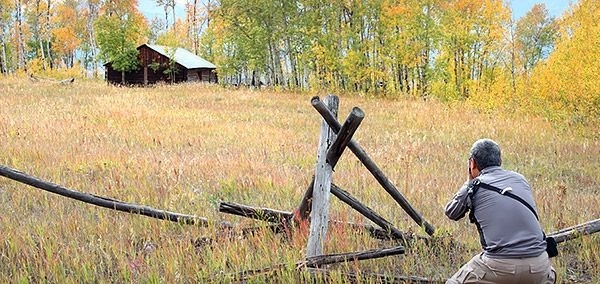
Take advantage of each opportunity | Take the opportunities afforded by zoos, wildlife farms, and events such as historic re-creations to capture those rare and otherwise unobtainable images. Obviously you'll want to get in tight on your subject, so use longer lenses to eliminate society's distractions.
Make an extra effort | An image you have in mind may require some elaborate setting up. If the image is worth the effort, then go ahead and manipulate and coerce! Also, don't leave that tripod in the car or think, "the right lens is in my bag, but . . . ". When you take the time to get it right you won't be disappointed.
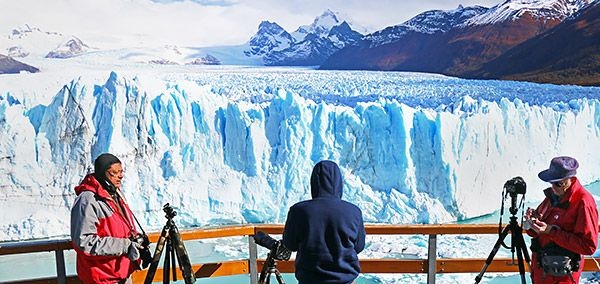
Enjoy your photography | Take pictures for your own pleasure first of all. Please don’t do it to please others or a club judge, though that will certainly follow.
Photography is an art | Just as with the many other arts out there in the big world, you will naturally develop your own style. Yes, even with a camera. I've been in Camera Clubs and at exhibitions and hear comments such as "That's a 'Joe Bloggs' shot", and we all have that potential.



